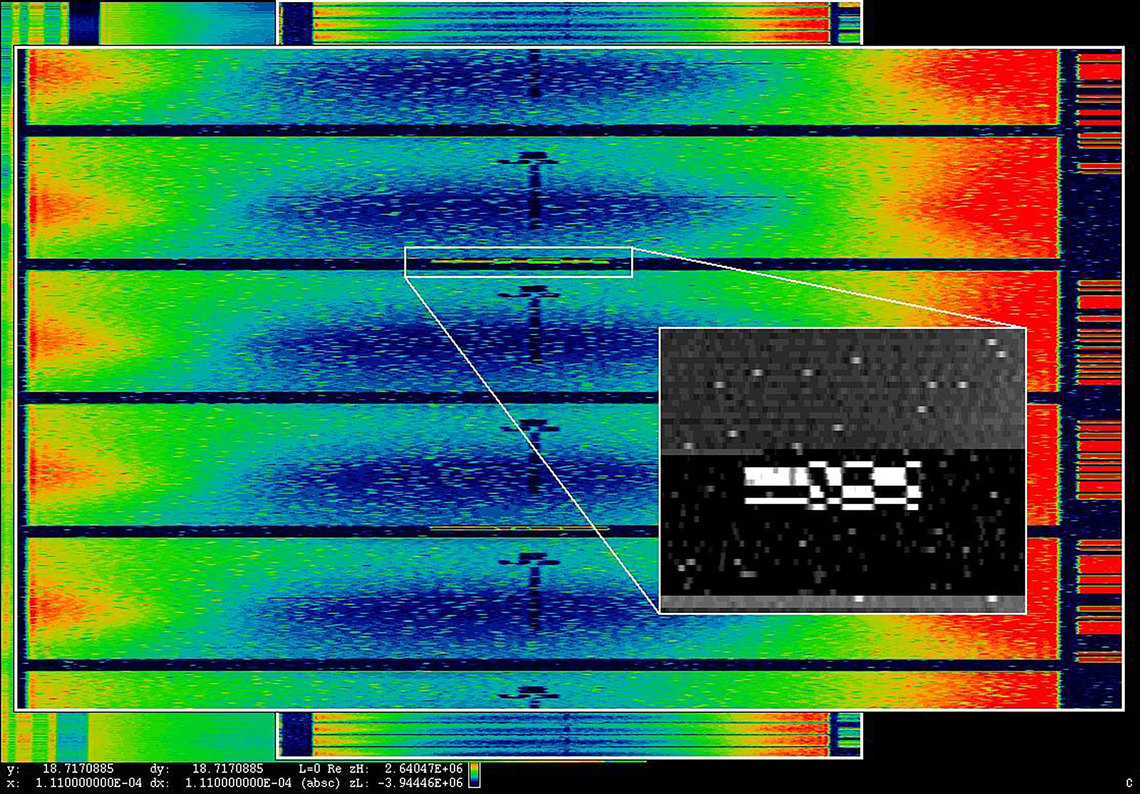“You are no different from anyone else. We are all the same but in different words. With different bodies, different versions, like insects.”
Wednesday, February 17, 2016
goodbye Z
Thursday, February 11, 2016
violent images: laura poitras' astro noise
“News stories don’t satisfy on a human level,” she said. “We know that Guantánamo is still open, but do we really know what that means? The idea is to experience an emotional understanding, so it’s not just an intellectual abstraction.”
Astro Noise is a museum exhibition piece by Laura Poitrus, the director of the Edward Snowden documentary CITIZENFOUR. The immersive installation is currently on view at the Whitney Museum of American Art in New York City, and explores themes she's chosen as hallmarks of her career: governmental surveillance, the war on terror, drones and the lingering trauma of a post-9/11 world.
The
exhibition interests me due to its immersive aspect, a quality that
plays with issues of consent and comfort that are ever-so present in a
society impacted by mass surveillance. One is forced to interact and
engage in a dialogue with the images and words Poitras imparts on her
audience. What seems like a run-of-the-mill art installation turns into
curtailed assault of the senses, forcing anyone who comes into contact
with her evidence - from documentary footage, primary documents and even
elements of the personal, like voice-over narration - to come face to
face with the realities of our modern-day state of mass surveillance.
In
a lot of ways, we view our political systems and governments as
untouchable and body-less entities. Heads of state and politicians seem
untouchable, and therefore shrouded in a realm of well-meaning secrecy
(it's for our protection, right?) Poitras' work attempts to breath a
necessary life (and in turn, a greater understanding) into these unseen
spaces and conversations that undoubtedly fuel our everyday lives. And most importantly, the knowledge we gain leads to a greater sense of agency (a quality that we take for granted nowadays, especially in the realm of political participation).
Poitras is not alone with her desire to inform the public of the consequences behind total surveillance. Like Poitras, Massive Attack (the trip-hop act from good ole' Bristol, UK) incorporate immersive elements into their live performances through an aggressive use of projected lights. Light shows are common in many electronic musicians' live works -- one can't deny the almost primitive appeal of it, especially under the use of certain drugs that are so popular in the genre's fanbase.
But Massive Attack does something different with the tradition, and it's in the realm between pleasure and discomfort. See below:
Tuesday, February 2, 2016
madama butterfly
Madama Butterfly reminded me of the fantastical and sweetly grotesque stop-motion work of the Brothers Quay.
Aren't the living quarters of rag dolls the perfect place to play house? The framing of the above image shows how effective puppetry can be in film work. The miniature sets and props allow the director to have precise control over mise-en-scene. To me, they're even more appealing than actors (AKA: no drama on set).
Aren't the living quarters of rag dolls the perfect place to play house? The framing of the above image shows how effective puppetry can be in film work. The miniature sets and props allow the director to have precise control over mise-en-scene. To me, they're even more appealing than actors (AKA: no drama on set).
Subscribe to:
Posts (Atom)

